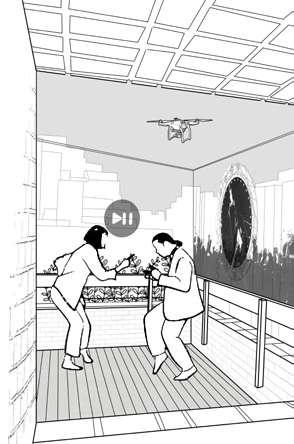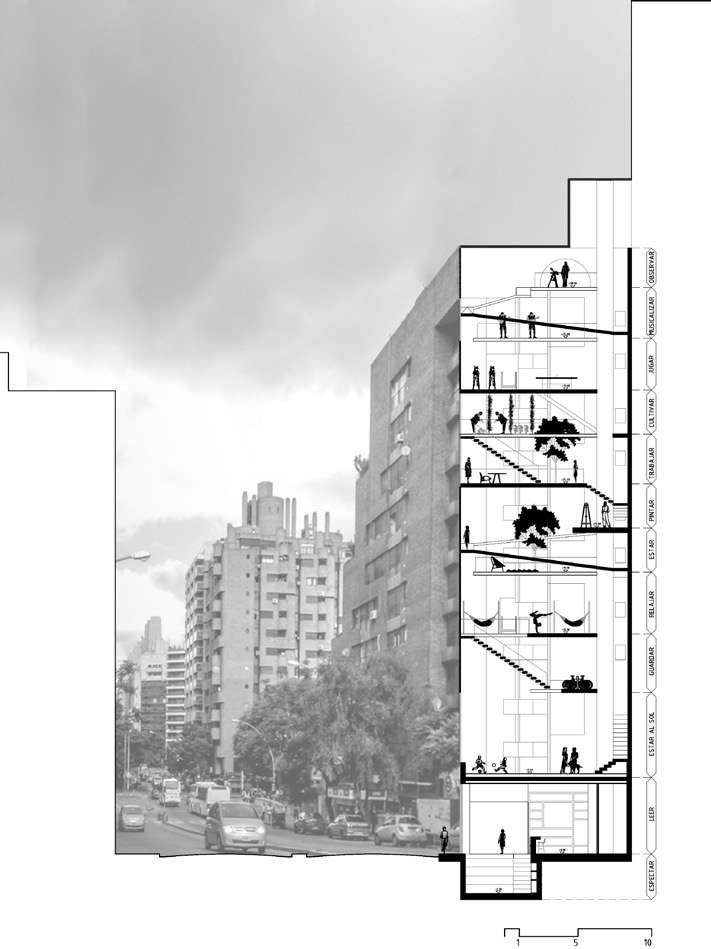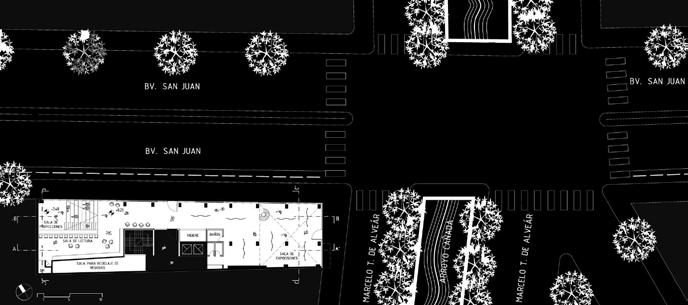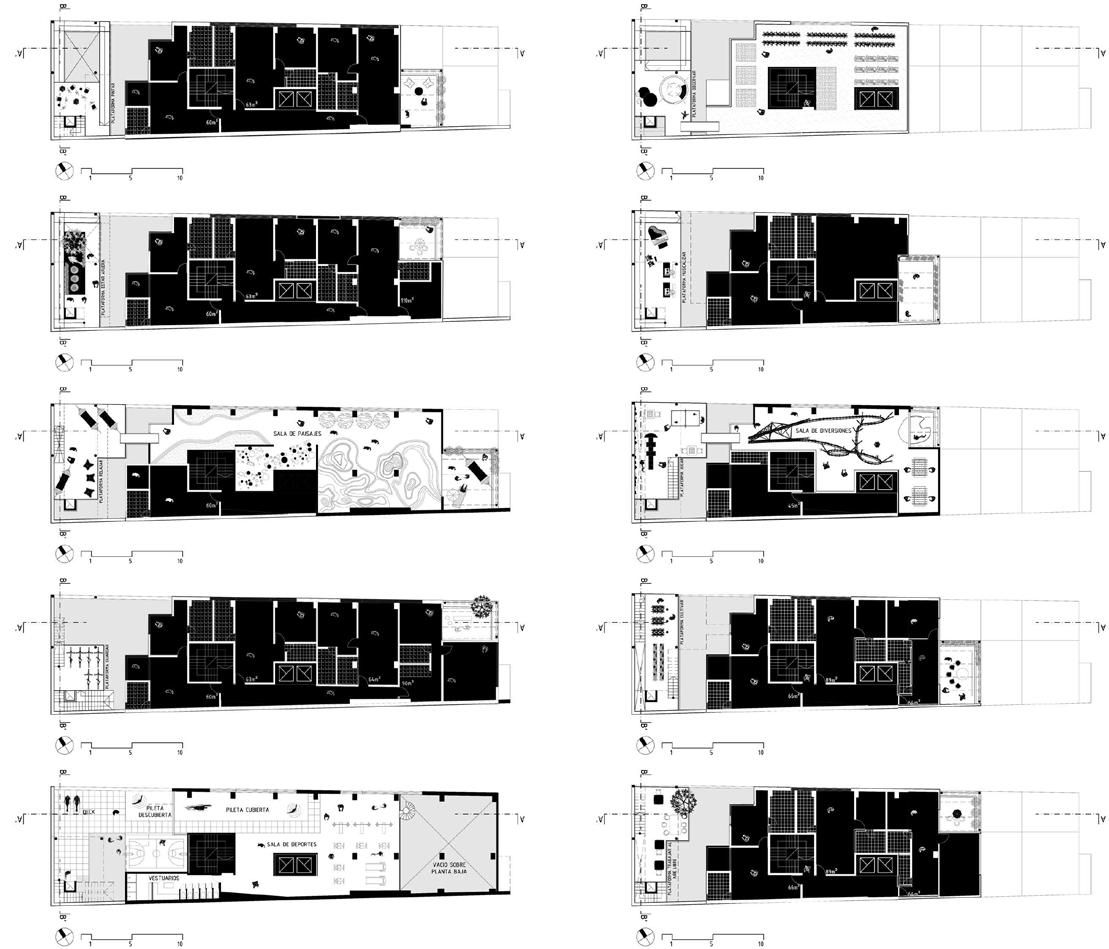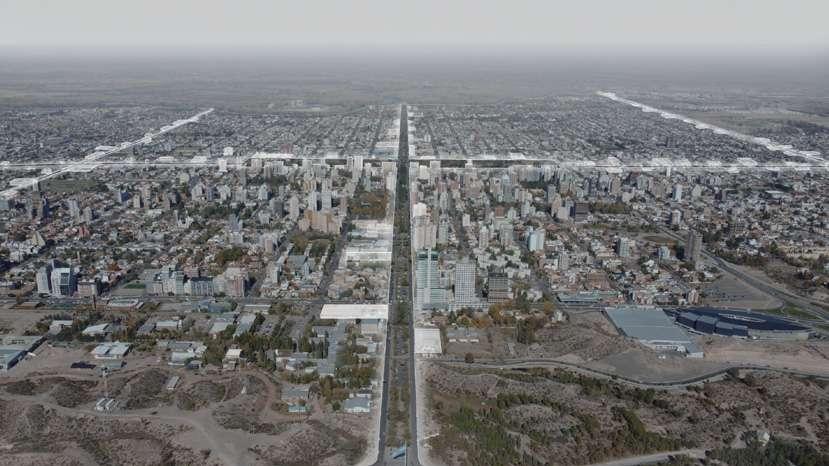
1 minute read
urban infiltrations
A rehearsal of urban infiltrations, with productive and statal promotion houses, in a city with a productive legacy: Neuquén (Argentina)
Throw the creation of public spaces, dignifying houses, and productive places: we seek food and economic sovereignty, education, and capacitation. A more accessible, inclusive, organic, and safer city will be created.
Advertisement
The infiltration is proposed in the existing corridor of the train, the one that goes through the city from west to east, and generates new connections between north and south. These new ways link natural parks and introduce public spaces. A new system is located in the city, coming up from opportunity spaces, where it is pretended to work with a new urban law. This law is thought by public, residential, and production eyes. The west-eastern corridor will be an exchanger, from where goods will be transported. Meanwhile, the north-southern corridor will be where goods are being produced (productive houses).
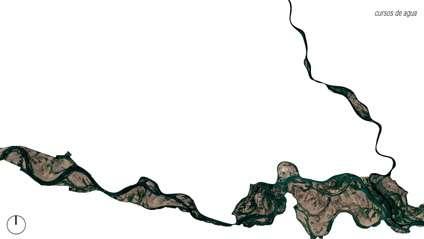
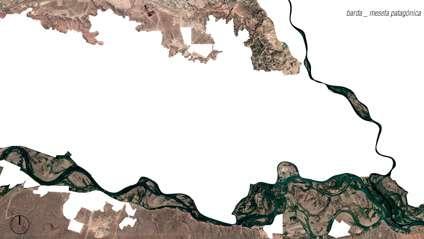
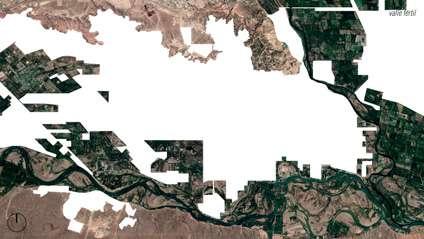



“When we refer to the set of public places that structure the city, defining it as a system, we are showing that public places do not act as isolated and unconnected points, nor as discontinuous fragments immersed in the urban mass, but tend to establish conditions of form capable of guaranteeing their mutual connection and coordination. That these places operate in the city as a system means that they behave as an articulated set of elements and form a continuous plot of points and lines whose mission is to structure the city and provide it with a recognizable structure.” Martí


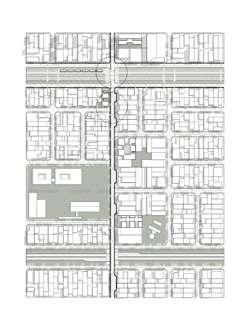

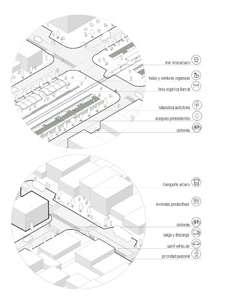
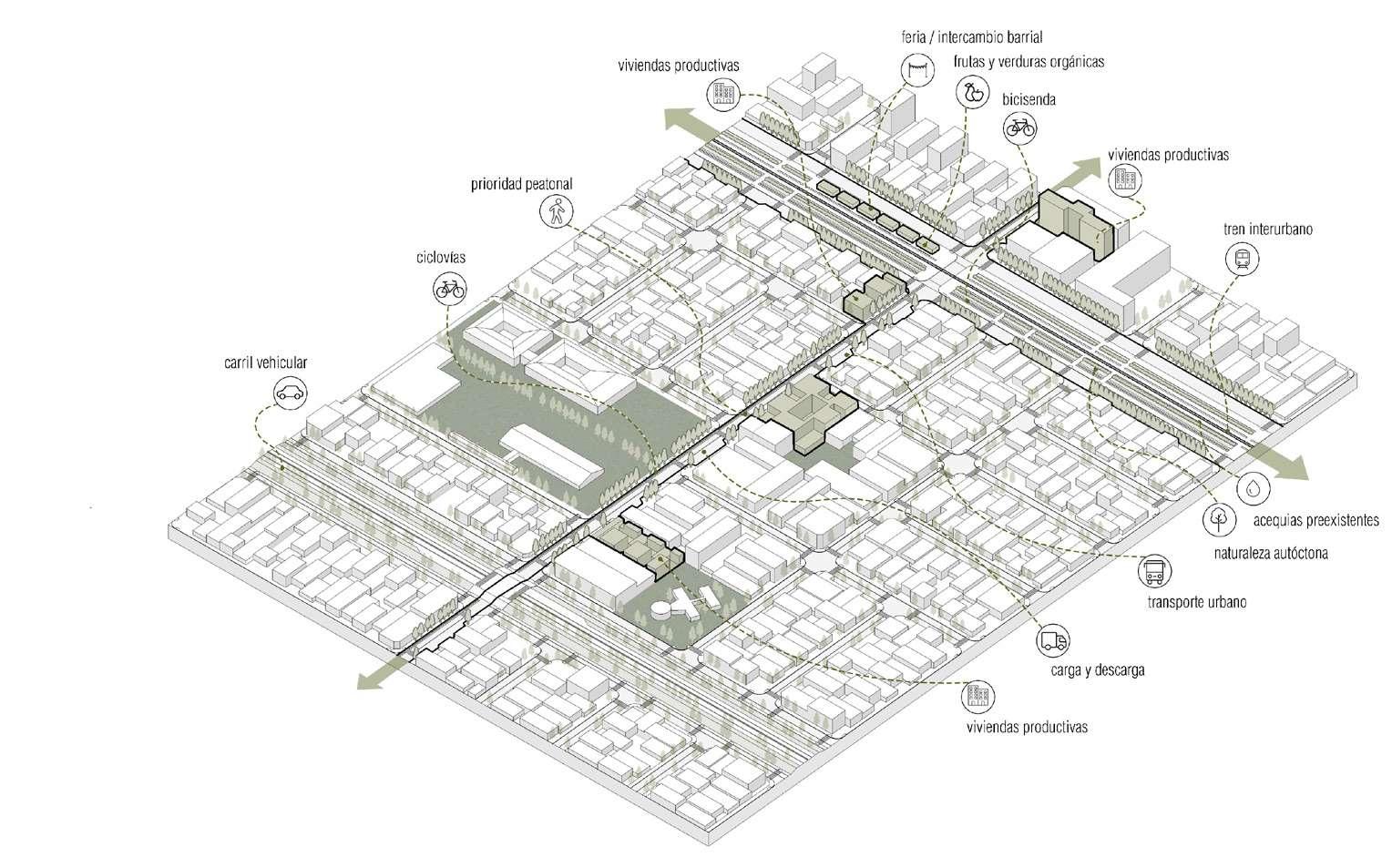

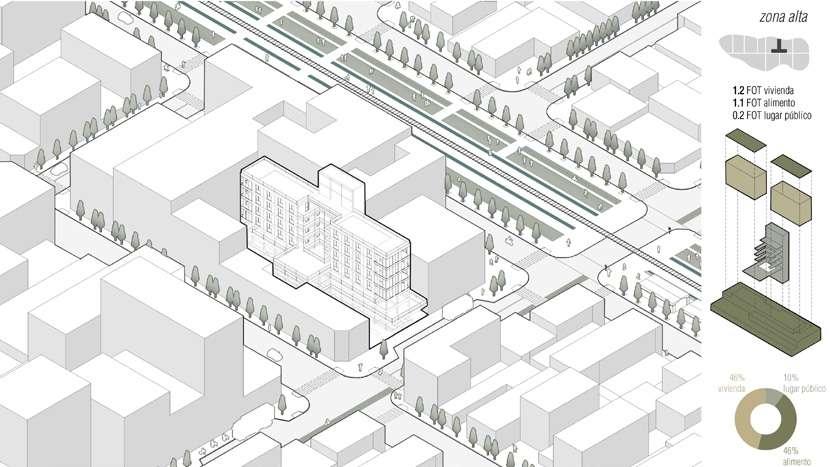
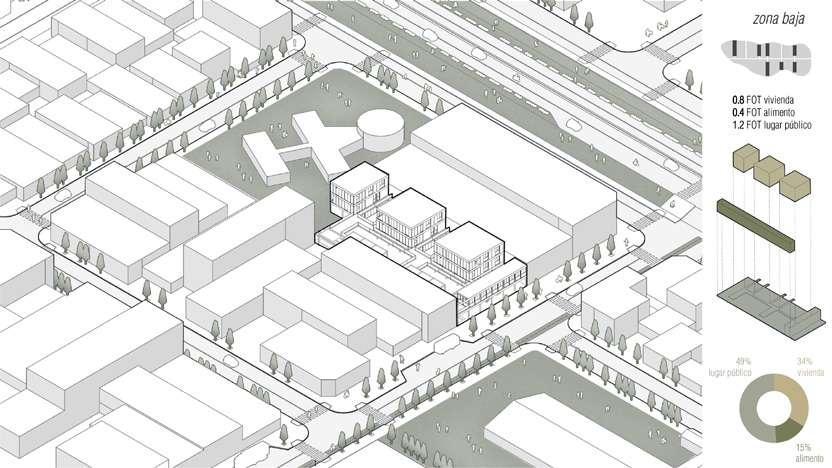

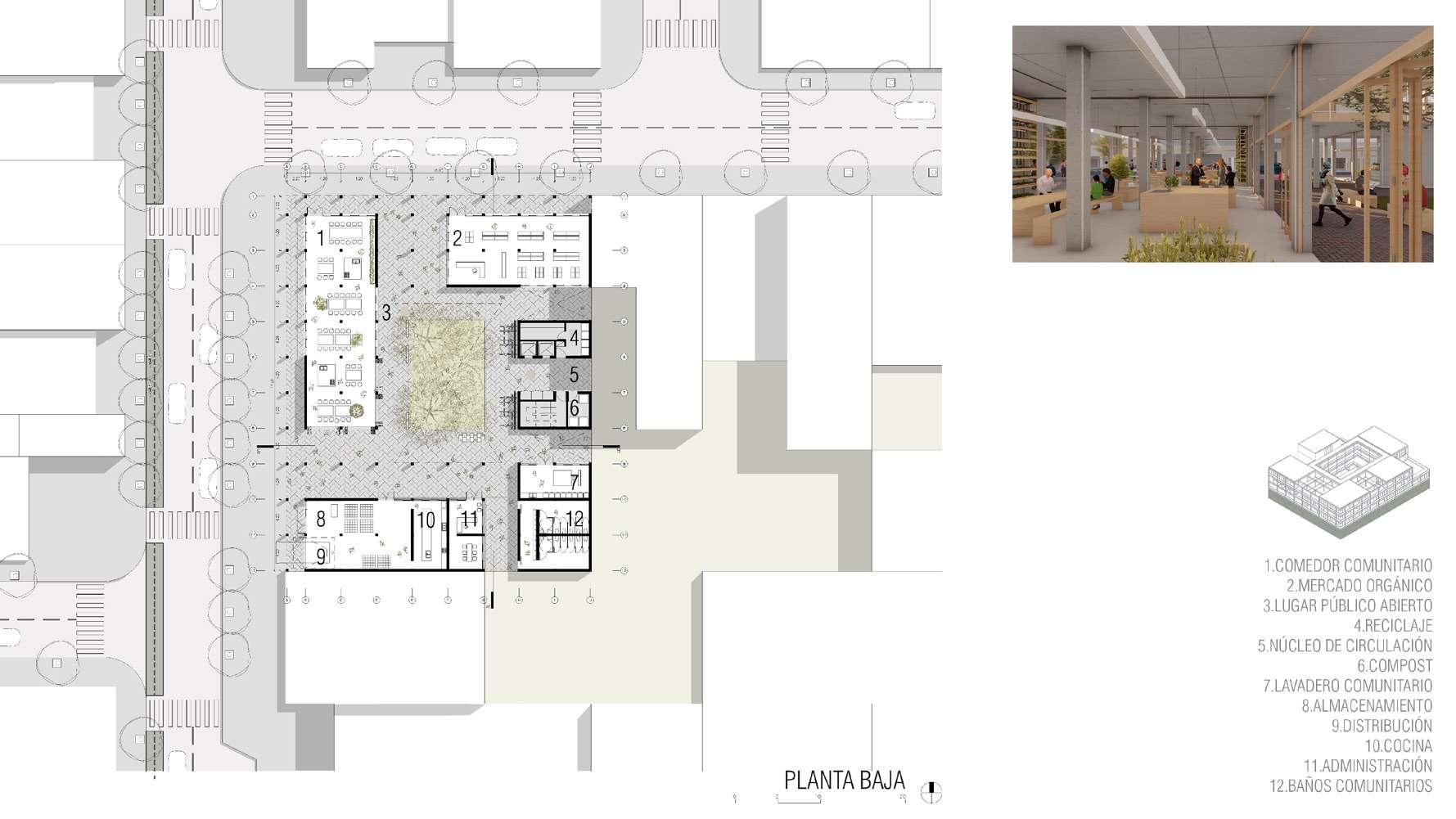

Therefore we think of the infiltrator as a necessary instrument to activate impact points in the city. To housing as a generator of the community welcoming public places. To the productive as a place of contact, proximity, and learning.


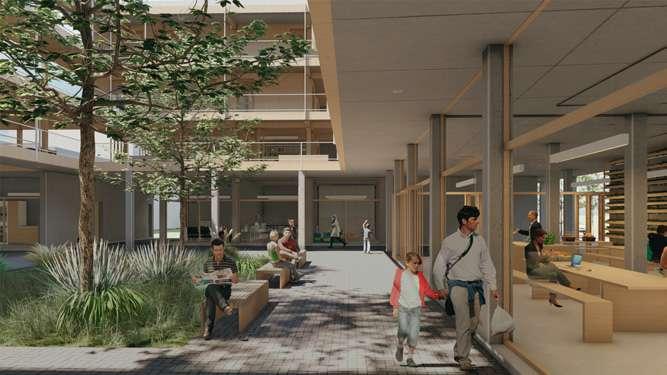

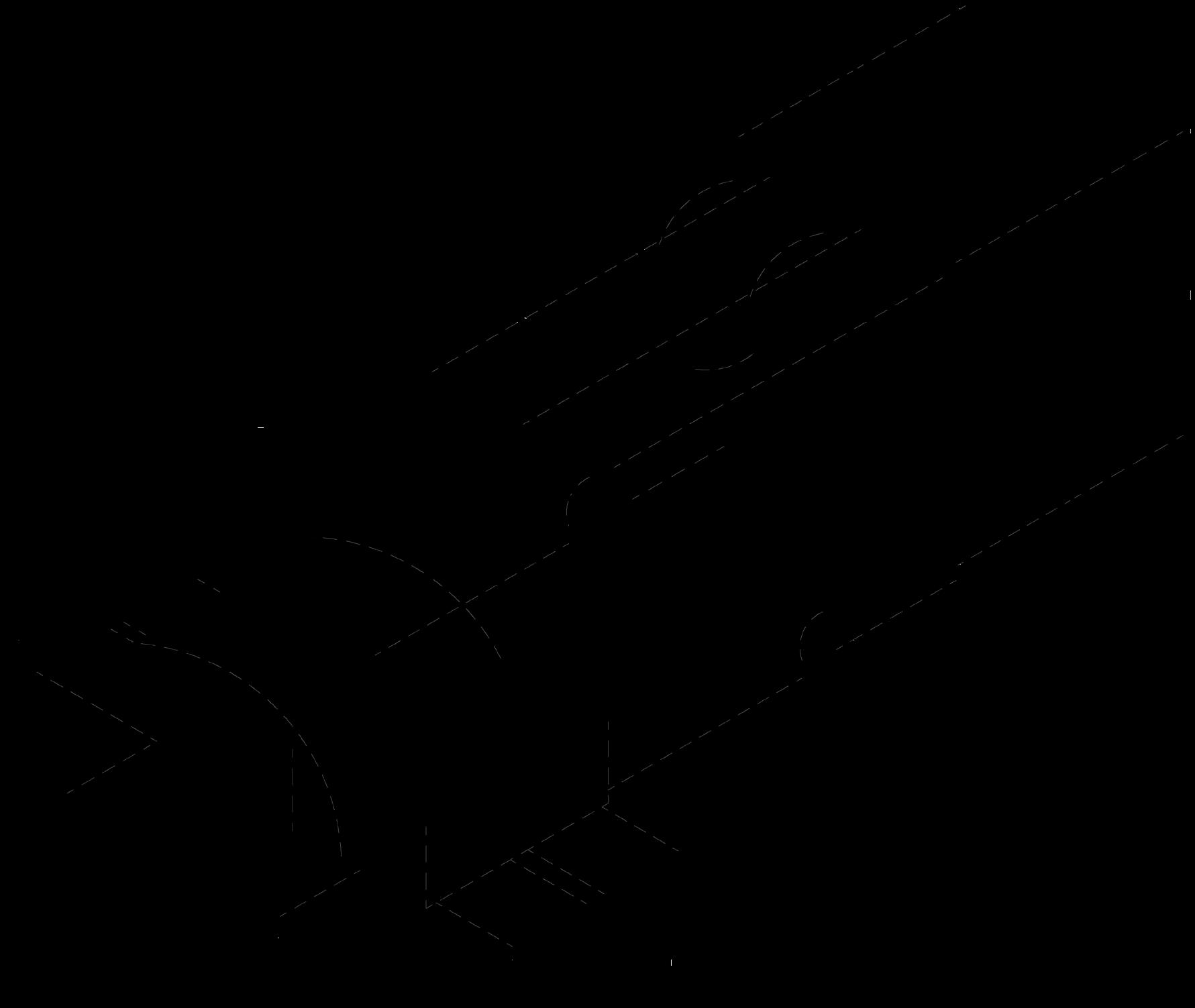
to urbanize the domestic / to domesticate the urban

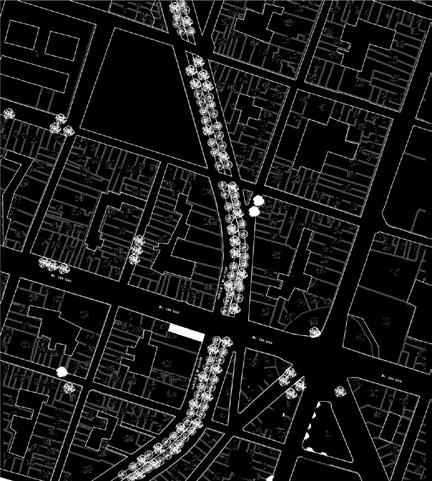
The paused city keeps us awake at night; it moves us and touches us, at the same time that it paralyzes us. He watches us playing with all our tokens, turning our lights on and off, and closing and opening our doors and windows. In the best scenario, it makes us talk to whoever goes out onto the balcony next door, it hums in our ears that there's only deceleration left; it makes us think that the world has finally found a way to heal itself. But the absence of their routine finds us locked up in our apartments. Where does the city go when we are all locked up? Can we create a manifesto to the confusion of the city indoors? Can we domesticate the elements of a city? the city as a meeting point / the city as the base and stage of people life re-programar the habitable furnish is the clothes that dress the house and that as habitants we wear

